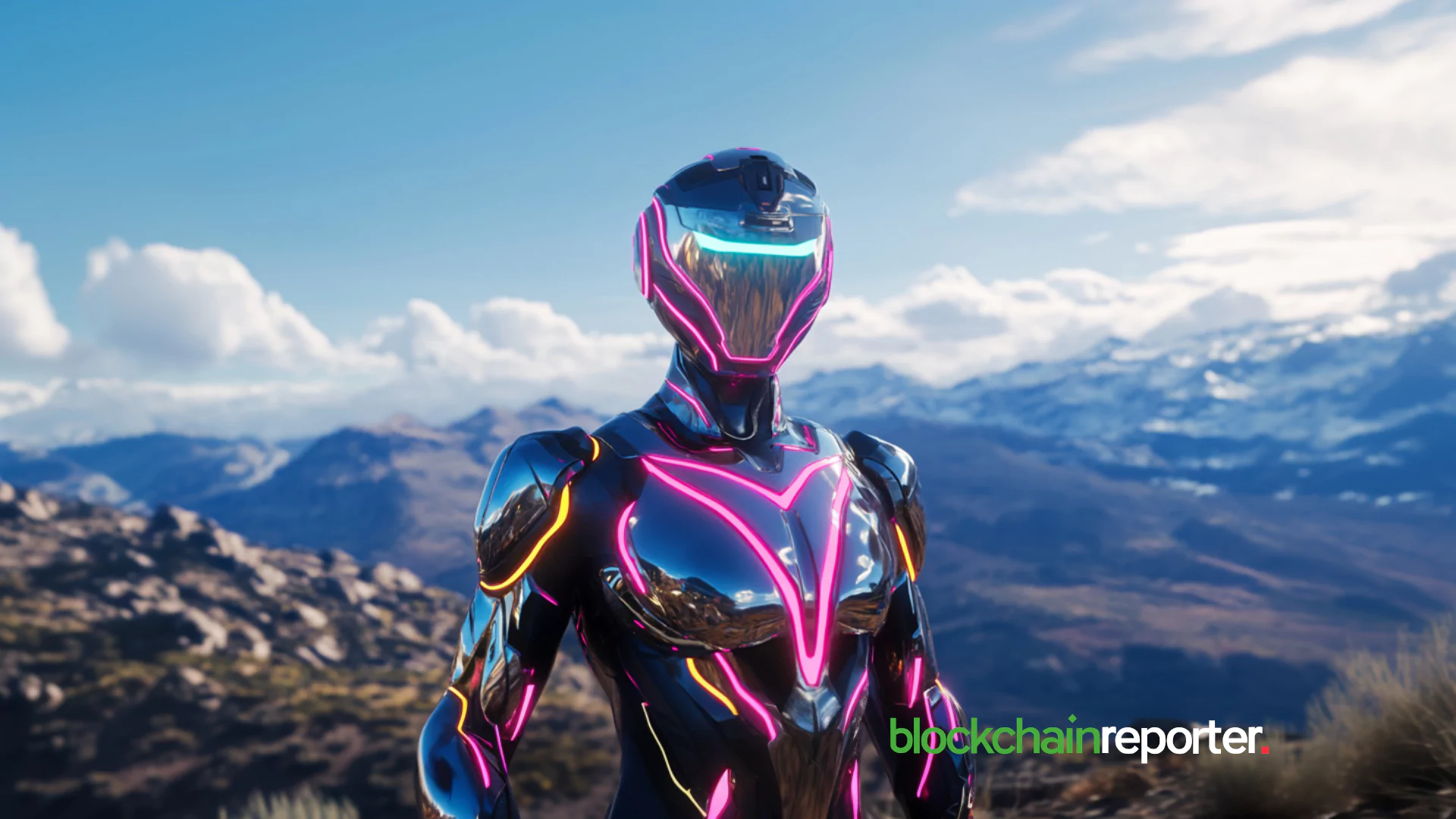
Datagram Network, a Web3 infrastructure provider, has partnered with Spheron Network, a decentralized compute infrastructure platform. The partnership is aimed at redefining the decentralized AI compute by merging the strengths of both platforms. As disclosed by Datagram Network in its official announcement on X, the collaboration attempts to fortify the DePIN compute’s foundation at scale. Hence, the joint effort is anticipated to unlock unique AI capabilities, a relatively robust decentralized ecosystem, and scalable applications.
Datagram Network and Spheron Network Unite to Develop Permissionless AI Compute Infrastructure
In this partnership, Datagram Network is set to merge its Hyperfabric Network with the community-driven data center of Spheron. This paves the way for the creation of a high-performance and permissionless computing environment. Complementing this, Spheron Network is redefining GPU compute with the aggregation of untapped resources for conventional data centers, mining farms, and gaming rigs.
Additionally, Spheron Network’s approach takes into account the development of a permissionless and large-scale network to address the rising demand for ML and AI workloads. Simultaneously, the integration of this mode with the Hyperfabric Network enables the provision of unparalleled efficiency when it comes to tackling decentralized compute energy. Hence, this remarkable synergy denotes a crucial development in advancing the Decentralized Physical Infrastructure Networks (DePIN) landscape. Moreover, this benefits communities to directly take part in AI computing’s future while also supporting developers with exclusive incentives.
Eliminating Need for Centralized Cloud to Develop Transparent AI Future
According to Datagram Network, the partnership underscores the potential of decentralized compute ecosystems in unlocking the previously restricted real-time AI workloads. Additionally, high-performance applications, including machine learning mechanisms and AI-led analytics, can also leverage the respective permissionless infrastructure. This guarantees wider accessibility to benefit innovators, apart from minimizing dependence on centrally controlled big monopolies. Ultimately, by combining their strengths, the duo intends to establish a unified and transparent digital economy.








